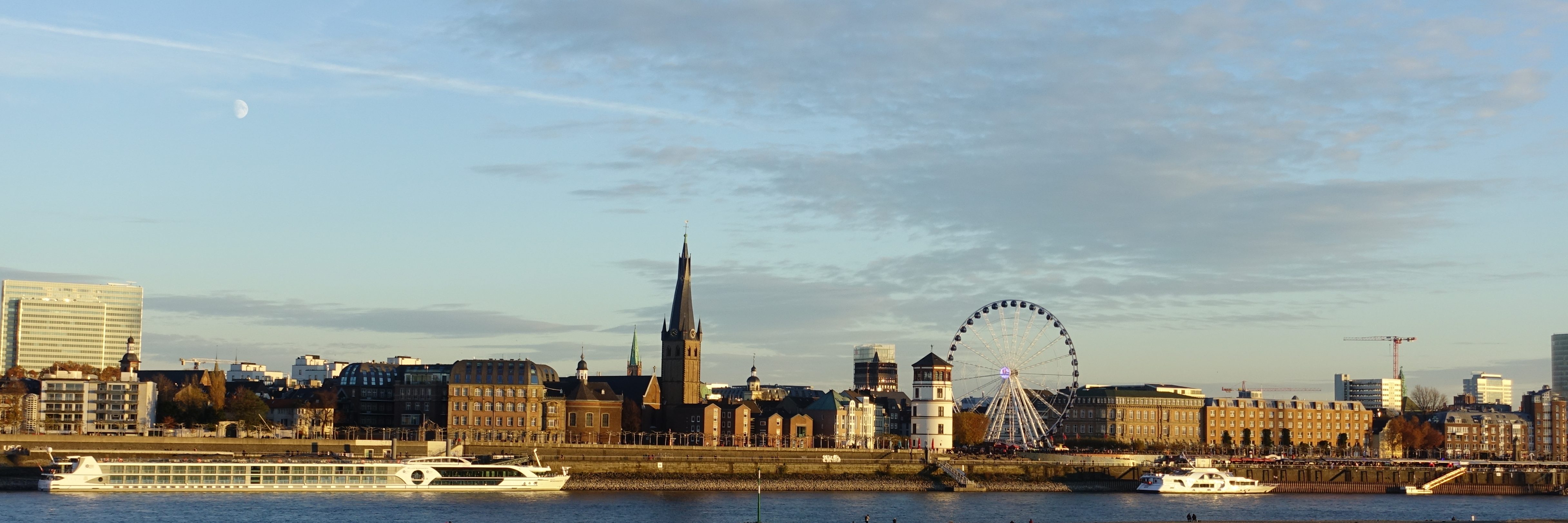Weisse Folter means "white torture" in German. It’s a term used for techniques of incarceration and control that drive humans mad without leaving visible injuries. Put people in a featureless interior landscape and isolate them from human contact, warmth, sunlight, leaves, the smell of dirt, and normal noises of everyday life, and most will eventually lose their minds. Most German are familiar with the term because the left used it to describe the conditions imposed on prisoners of the Red Army Fraction in German prisons in the mid-1970s. (This was agit-prop; the RAF prisoners were housed in a high-security environment, but could socialize among themselves, watch television, and read dozens of books and periodicals. But that’s another debate.) A better example of White Torture would be the Security Housing Unit at Pelican Bay State Prison in California.
Gregor Schneider is a young German artist who is fascinated by spaces, walls, prisons, isolation, and jarring  changes in context. One of his project is to erect a black cube about the size of the Kaaba in Mecca in various European locations — a project that has been banned in many cities for fear of unrest. "White Torture," his latest installation can be experienced until July 15 in the fabulous K21 museum in Duesseldorf. Schneider used the entire basement of this large museum for this installation. Visitors are allowed in only singly or in pairs, and are warned not to go in if they are claustrophobic or prone to panic attacks.
changes in context. One of his project is to erect a black cube about the size of the Kaaba in Mecca in various European locations — a project that has been banned in many cities for fear of unrest. "White Torture," his latest installation can be experienced until July 15 in the fabulous K21 museum in Duesseldorf. Schneider used the entire basement of this large museum for this installation. Visitors are allowed in only singly or in pairs, and are warned not to go in if they are claustrophobic or prone to panic attacks.
You enter through a blank white door, and find yourself in a featureless hallway resembling a maximum-security prison. Some of the doors open, some do not. Around you is complete silence; the walls are covered with sound-insulation foam. If you find your way out of this area, you come to another which is totally dark, only to find yourself in another part of the exhibition which looks exactly like the first hallway you found yourself in. Most of the rooms look like tiny prison cells, but some of them feature strange, cheerless decorations: metal plates attached by hinges to blank walls; a permanently-locked chain-mesh door; a room shaped like a pointed triangle. If you manage to get farther, you’ll come to the service area of this eerie abandoned prison — a thick-walled dark chamber chilled to near-freezing, or a shiny, corrugated-metal warehouse space — completely empty, completely new.
There is an exit, but there’s no guarantee visitors will reach it. Many creep out shortly after entering and run back out the entrance. Others wander around for a good part of an hour before finding the way out. Like a medieval hilltop fortress, the installation is filled with strange twists, dead-ends, and doors that lead nowhere. The featureless uniformity of the spaces offers no clues; you sometimes believe you have backtracked to a part of the installation you thought you had escaped, until you notice a subtle change that means you’ve actually entered new surroundings. If you let the door close behind you, you might just find yourself locked into a small space with no obvious means of escape. You do encounter other visitors, but because of the heavy soundproofing, you might not notice them even if they’re very close to you.
I managed to find the exit, but it required strange leaps of logic and some blind faith. Powerlessness and inhumanity are the message of Weisse Folter — just as prisoners are completely at the mercy of the guards and bureaucrats who control what they experience, museum visitors are, for a short while at least, completely at the mercy of Gregor Schneider, an absent but all-powerful god. You can only hope that his indifference is tempered by enough mercy to let you escape his silent, sterile underground dungeon.
If you can make it to Duesseldorf by July 15th — when the installation ends — do so.


